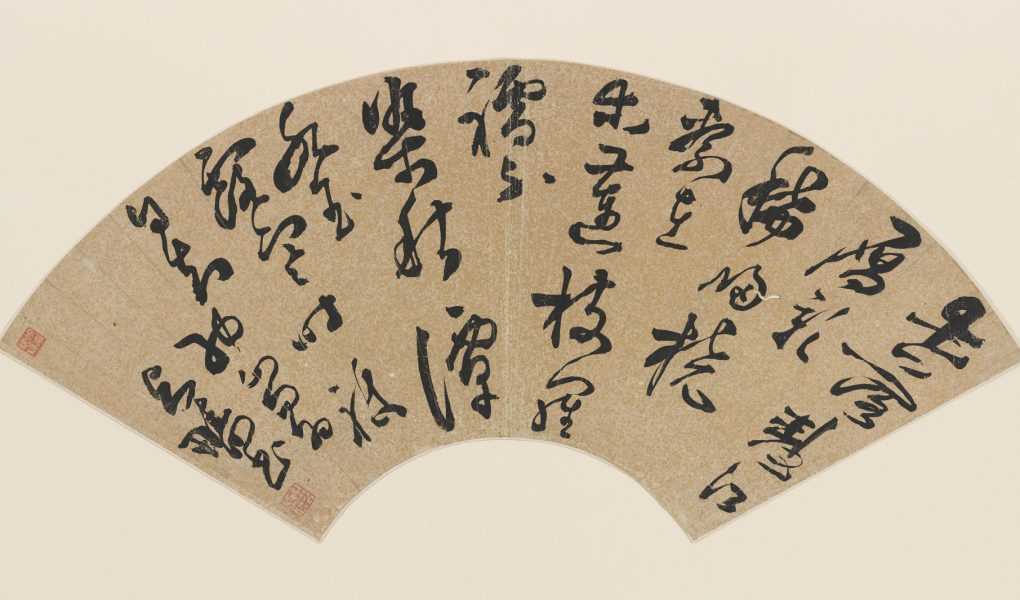lareddepathways.com – The Chinese language is a treasure trove of history, culture, and artistry, deeply intertwined with the identity of its speakers. It is not just a means of communication but a form of expression that has evolved over thousands of years. This article delves into the fascinating world of Chinese characters, the art of calligraphy, and how these elements contribute to the rich tapestry of Chinese communication.
The Evolution of Chinese Characters
Chinese characters, known as Hanzi, are the oldest continuously used system of writing in the world. Their origins can be traced back to the Shang Dynasty (c. 1600–1046 BC), where they were inscribed on bones and tortoise shells for divination purposes. Over time, these characters evolved, influenced by various dynasties and cultural shifts, to become the complex yet elegant symbols we recognize today.
The beauty of Chinese characters lies in their pictographic nature; many characters are derived from pictures of the objects they represent. For example, the character for “mountain” (山) resembles the peaks of a mountain range. However, not all characters are pictographic; some are ideographic, representing abstract concepts, while others are phonetic, indicating sounds.
The Art of Calligraphy
Calligraphy, or Shūfǎ (书法), is the artistic expression of Chinese characters. It is considered one of the highest forms of art in China, embodying the spirit and personality of the calligrapher. The practice of calligraphy is not just about writing; it is a meditative process that requires concentration, skill, and an understanding of the character’s structure and meaning.
Traditional calligraphy is done with a brush dipped in ink, on paper or silk. The quality of the brush, ink, paper, and even the砚台 (yántái), or inkstone, used to grind the ink, can affect the outcome of the calligraphy. The strokes, whether bold or delicate, are executed with precision and flow, reflecting the calligrapher’s mood and intent.
Communication Beyond Words
The Chinese language is more than just a collection of characters; it is a system of communication that transcends literal meaning. The use of idioms, proverbs, and four-character phrases adds depth and nuance to the language. These expressions often encapsulate historical stories, philosophical ideas, or moral lessons, enriching the way Chinese speakers convey thoughts and emotions.
Moreover, the tonal nature of Chinese adds another layer of complexity and beauty. Mandarin Chinese, for example, has four tones, each changing the meaning of a word. This tonal aspect requires speakers to modulate their voices in specific ways, making the language melodic and expressive.
The Global Impact of Chinese Language
As China’s influence grows on the world stage, so does the reach of the Chinese language. Mandarin is now one of the six official languages of the United Nations and is taught in schools and universities worldwide. The study of Chinese language and culture offers insights into one of the world’s oldest civilizations and fosters cross-cultural understanding and cooperation.
Conclusion
The Chinese language, with its intricate characters, expressive calligraphy, and rich communication methods, is a testament to the enduring spirit of its people. It is a living legacy that continues to evolve, adapting to the needs of its speakers while preserving the wisdom of the past. Whether through the strokes of a calligrapher’s brush or the tones of a speaker’s voice, the Chinese language remains a powerful tool for expression and a bridge between cultures.




